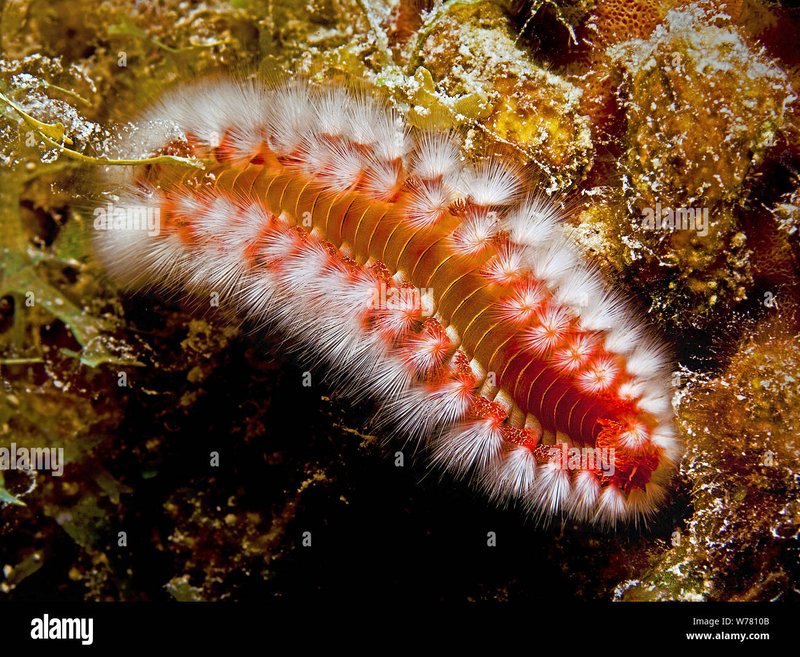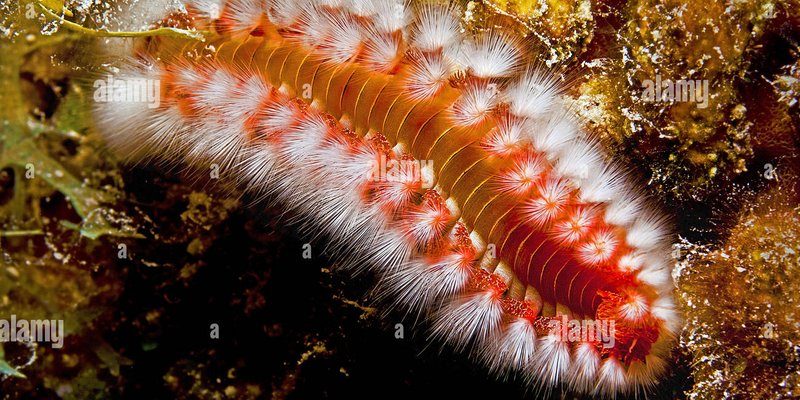
Bristle worms, known scientifically as polychaetes, are part of a diverse family of segmented worms. Some can be quite small, while others can grow to impressive lengths. They sport tiny bristles, called setae, along their bodies, which serve various purposes—like helping them swim and burrow. The idea that these creatures might deliver venomous stings is certainly intriguing. But are they dangerous, or is it just a case of exaggerated tales told by beachgoers and fishermen?
Let me explain the ins and outs of bristle worms and whether you should worry about them the next time you encounter one.
What Are Bristle Worms Exactly?
Bristle worms belong to a broad class of worms known as **polychaetes**. They are typically found in ocean environments, hiding in crevices or burrowing into sediments. These worms are most known for their bristles, or setae, which vary in size and number depending on the species. Some bristle worms are only a few inches long, while others can reach lengths of over a foot.
These creatures play a vital role in marine ecosystems. They help decompose organic matter, which feeds other marine life. So, while they might not look like much, they’re crucial in maintaining the health of ocean habitats. Picture a bustling underwater city; bristle worms are the cleanup crew that keeps everything running smoothly.
You might be wondering why they have developed those bristles in the first place. Well, the setae serve multiple purposes—enhancing movement, camouflaging among sediments, and providing defense against predators. Some species can even detach their bristles when threatened, making it harder for predators to catch them.
Do Bristle Worms Have Venom?
The short answer? It depends on the species. Not all bristle worms are venomous. However, some can deliver a painful sting that may feel like a nettle burn. The setae of certain bristle worms are made of chitin, a tough material, and can inject a mild toxin when they penetrate the skin.
Here’s how it typically goes down: if you accidentally brush against a bristle worm, those tiny bristles can stick to your skin. If they break off and the worm is venomous, you might experience some localized irritation and discomfort. The pain usually isn’t severe but can be enough to make you think twice about picking one up.
If you’ve ever touched a jellyfish, you might have experienced a similar sensation. Just like jellyfish tentacles, the bristles can cause stinging without being outright deadly. Because of this, it’s essential to be cautious around them.
How to Identify Venomous Bristle Worms
Identifying whether a bristle worm is venomous or not can be tricky, especially for beginners. Here are a few tips to help you recognize them:
- Look for the size: Venomous species are generally larger, around 3 to 12 inches long.
- Check the bristles: They often have more pronounced setae that can appear fuzzy or hairy.
- Watch the coloration: Some venomous species have bright colors, signaling to potential predators that they aren’t safe to eat.
If you’re ever in doubt, it’s best to admire these creatures from a distance. There’s no need to handle them, especially if you’re unsure of their potency. Just like some plants, you might not know what’s safe until it’s too late.
What Should You Do If Stung by a Bristle Worm?
If you do happen to get stung, don’t panic! The sting is generally mild and manageable. Here’s what you can do:
1. **Rinse the area:** Start by rinsing the affected area with seawater or clean, fresh water. Avoid using your hands to scrub, as this can push the bristles in deeper.
2. **Remove any bristles:** Use tweezers or tape to pull out any stuck bristles gently. If you feel uncomfortable doing this yourself, seeking medical help is always an option.
3. **Soothe the pain:** Over-the-counter pain relievers, anti-itch creams, or even a cool compress can help alleviate discomfort.
In most cases, the sting from a bristle worm will fade within a few hours. However, if you notice unusual symptoms like swelling, difficulty breathing, or increased pain, it’s best to consult a healthcare professional.
Are Bristle Worms Dangerous to Humans?
While the thought of bristle worms delivering venomous stings sounds scary, they are generally not harmful to humans. Most species pose little threat, and their stings can usually be treated easily at home.
However, if you have a known allergy to marine life or any other sensitivities, it’s wise to be cautious. There’s always a chance that a normally harmless encounter could lead to unexpected reactions.
In essence, respect these fascinating creatures, and you should be just fine. Their role in the ecosystem makes them worth understanding and preserving, even if they come with a bit of sting.
How to Avoid Bristle Worm Stings
If you’d prefer not to deal with the hassle of potential stings in the first place, here are a few tips for prevention:
- Avoid touching: If you see bristle worms in tide pools or on the beach, resist the urge to touch them. Admire them from a distance.
- Wear beach shoes: When walking along beaches known for marine life, wearing thick-soled shoes can help protect your feet.
- Be cautious while collecting: If you’re collecting shells or other marine items, check the area for bristle worms first.
By taking these simple steps, you can enjoy your beach outings without the worry of being stung.
So, do bristle worms deliver venomous stings? Yes, but it’s a nuanced “yes.” Some species can sting if provoked, but most of the time, they are harmless. Instead of being fearful, think of bristle worms as an integral part of the ocean’s ecosystem. They may look a bit odd, but they play their role just like everything else in nature.
Next time you’re by the shore, take a moment to appreciate these unique creatures. After all, when you learn more about them, you see their beauty and importance in the underwater world. Just remember: respect their space, and you won’t have to worry about any nasty surprises!

